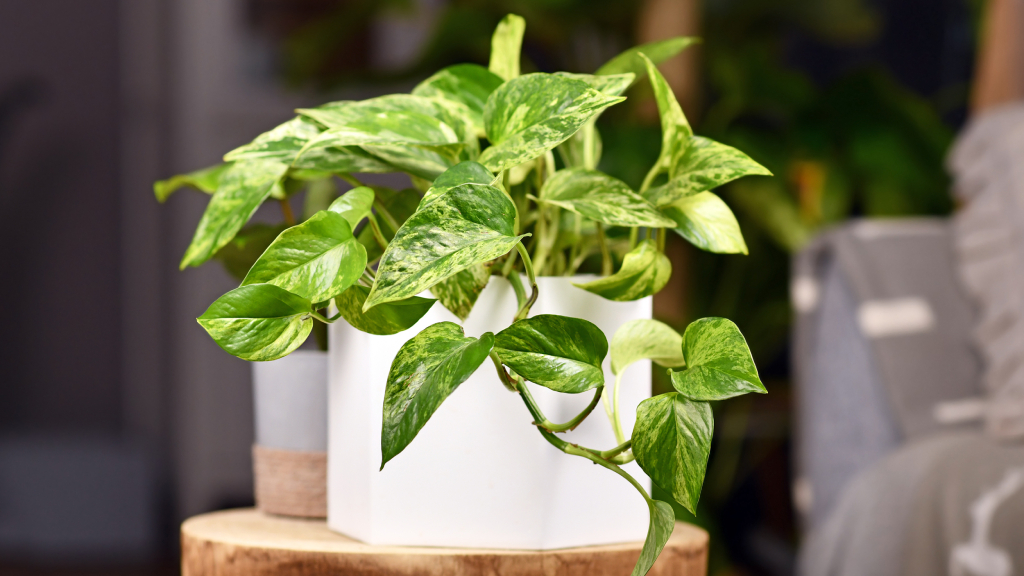Pothos Vs. Philodendron - Are Pothos And Philodendron The Same


Are pothos and philodendron the same? Although pothos and philodendrons are distant cousins, they are actually two different plants. If you think the two plants look alike, you aren’t alone.
Pothos and philodendrons have many similarities, and figuring out if your indoor plant is pothos or philodendron can be a little tricky. However, they also have a few distinct differences. If you’re wondering about the difference between the two, the following information should help you sort it out.
Pothos vs. Philodendron: Are Pothos And Philodendron the Same?
Leaf shape: Philodendron leaves are distinctly heart-shaped, with a pronounced curve at the widest part of the leaf. The leaves, which grow from flexible, thin stems have a long, pointy tip that resembles a spout.
Pothos plant leaves tend to be larger and they lack philodendron’s dramatic heart shape. Pothos leaf tips are shorter and less pointed.
Leaf texture and finish: Philodendron leaves are thinner with a smooth, velvety feel. Pothos leaves are thicker and slightly waxy, with a defined ridge down the center.
Aerial roots: Pothos and philodendron both have aerial roots—above ground roots that allow the vines to anchor to surfaces like trees, walls, or rocks. Pothos develops wide, stubby, aerial roots with a single root to a node. Philodendron’s aerial roots also grow from nodes, but they consist of clusters of smaller, thinner roots.
Growth habits: Pothos and philodendrons are hardy plants that thrive with minimal care, although pothos tend to be slightly tougher. Both grow in semi-shady conditions, but philodendrons will eventually get leggy without sufficient sunlight. Pothos plants are also slightly more drought-tolerant than philodendron and can get by with a bit more neglect.
Sign up for the Gardening Know How newsletter today and receive a free copy of our e-book "How to Grow Delicious Tomatoes".
Propagation: When it comes to propagating new pothos or philodendron plants, both are a cinch to propagate via cuttings in water or soil and both root quickly.

A Credentialed Garden Writer, Mary H. Dyer was with Gardening Know How in the very beginning, publishing articles as early as 2007.